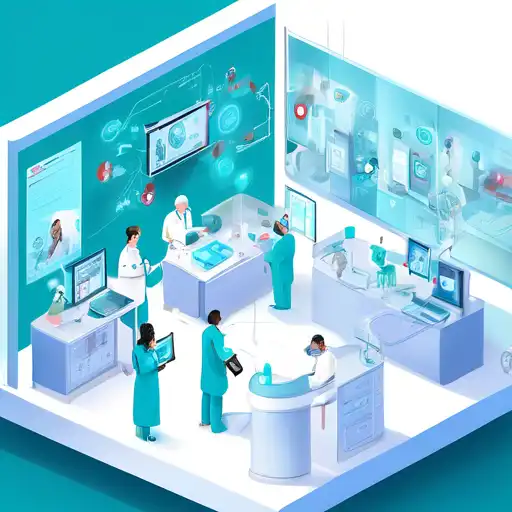Introduction to IoT in Healthcare
The Internet of Things (IoT) is revolutionizing various sectors, and healthcare is no exception. By integrating IoT devices into medical services, healthcare providers can offer more personalized, efficient, and proactive care to patients. This article explores the transformative impact of IoT on healthcare services.
Enhancing Patient Monitoring
One of the most significant benefits of IoT in healthcare is the ability to monitor patients in real-time. Wearable devices and sensors can track vital signs such as heart rate, blood pressure, and oxygen levels, transmitting this data directly to healthcare professionals. This continuous monitoring allows for early detection of potential health issues, reducing hospital readmissions and improving patient outcomes.
Improving Medication Management
IoT-enabled smart pill bottles and dispensers ensure that patients adhere to their medication schedules. These devices can send reminders to patients and alert healthcare providers if doses are missed. This technology is particularly beneficial for elderly patients and those with chronic conditions who require strict medication regimens.
Streamlining Hospital Operations
IoT devices are also transforming hospital operations by optimizing resource utilization and reducing operational costs. Smart beds, for instance, can monitor patient movements and adjust positions to prevent bedsores, while IoT-enabled inventory systems ensure that medical supplies are always stocked and accessible.
Facilitating Remote Consultations
With IoT, remote consultations have become more effective. Patients can use connected devices to share health data with their doctors in real-time, enabling accurate diagnoses and treatment plans without the need for physical visits. This is especially crucial for patients in remote areas or those with mobility issues.
Challenges and Considerations
Despite its numerous advantages, the adoption of IoT in healthcare comes with challenges. Data security and privacy concerns are paramount, as sensitive patient information is transmitted across networks. Additionally, the high cost of IoT devices and the need for robust infrastructure can be barriers to widespread implementation.
Conclusion
The integration of IoT into healthcare services is paving the way for a more efficient, patient-centered approach to medicine. By leveraging IoT technologies, healthcare providers can enhance patient care, streamline operations, and reduce costs. However, addressing the associated challenges is essential to fully realize the potential of IoT in healthcare.
For more insights on how technology is shaping the future of healthcare, explore our articles on digital health trends and the role of AI in medicine.
